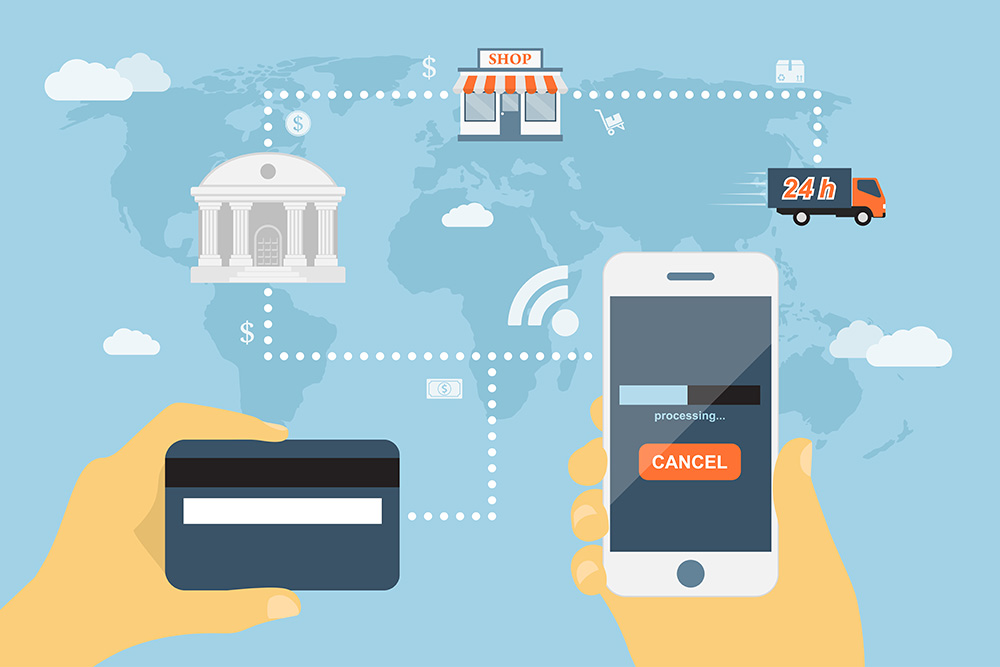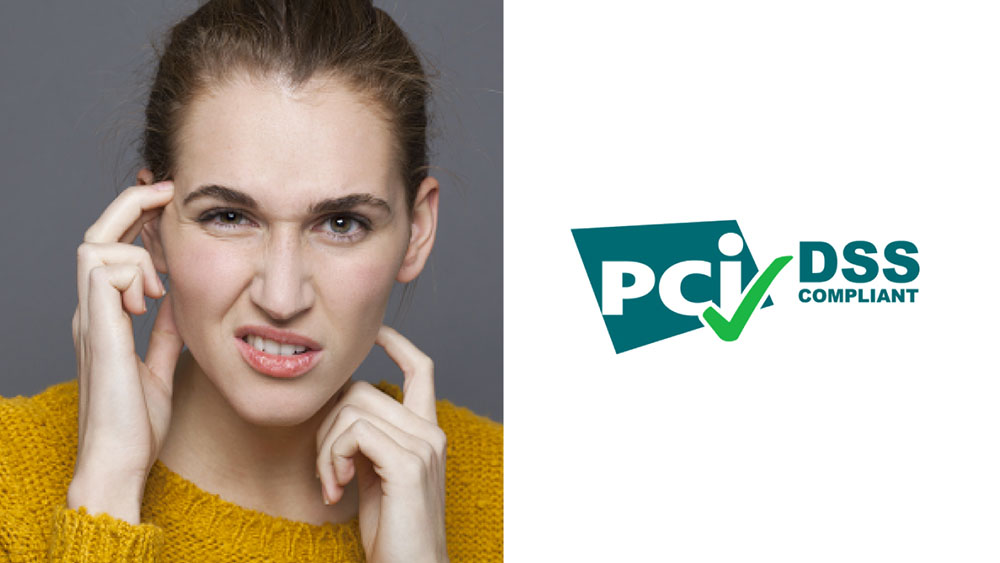4 Ways to Prevent Credit Card Fraud at Your Business

It is true that online businesses have made life easy for most people all over the world, as long as they have a laptop, tablet or smartphone. Shopping for clothes, grocery, jewelry and even insurance has become a piece of cake! You can buy things to your heart’s content from the comfort of your home or your office or you can place an order even on the go. Digitization has also helped online merchants to connect with more customers than ever, and they now have a chance to expand their businesses and earn more in an easier manner.
The biggest concern for e-stores
But like everything in life, e-stores have a major weakness. And that is, they are highly susceptible to credit card frauds. Besides hacking and phishing, account takeover and identity thefts are other frauds you might face from time to time, as an online merchant. Fraudsters might steal personal and financial information of customers, or steal usernames and passwords to make unauthorized purchases. Frauds are especially harmful for small businesses and hence it is essential that you follow these tips to prevent them:
- PCI compliant payment gateway – To protect customer data against online frauds, the PCI SSC or Payment Card Industry Security Standards Council has come up with a set of best practices. And this is mandatory for online businesses to follow. So, it makes sense to use a payment gateway like PayTabs that is PCI compliant and has a double-layered fraud prevention system.
- Keep an eye on transactions – As a merchant, you surely have an idea about the buying patterns of different customers. You know those who buy expensive products or buy in bulk. So, monitor transactions and your accounts daily to watch out for suspicious shipping information or inconsistent billing addresses. Tools for tracking IP addresses can also help, as they will alert you in case any address is originating from a fraud-prone area or country. Also note that frauds generate more from free email addresses than paid ones.
- Use AVS and ask for CVV – AVS or Address Verification System is used by many online merchants to compare the customer address on a credit card company’s file with the numerical part of the address on the actual credit card. Use a payment gateway that does this checking automatically for you. The CVV on the other hand is the 3 or 4 digit security code that you will find on the back of credit cards. Now, if you are wondering why asking for the CVV is effective every time, it is because as per PCI rules, CVV cannot be stored with card owner name or credit card number. So, unless a fraudster steals a credit card, they cannot get hold of the CVV. Payment processors like PayTabs always include a tool that asks the shopper for the CVV number while checking out.
- Use only the latest software and platforms – Providers of operating systems constantly update the software with security measures that prevent attacks from malware, viruses and frauds. So make sure you run only the latest operating system. Also install and update anti-spyware and anti-malware software from time to time, to prevent fraud attacks. These security software products should be business grade and not free ones with limited features.
Besides the above measures, try setting limits in terms of dollar value or the number of purchases you will accept from the same account per day. This can minimize your losses in case of fraud. Also, make sure your customers provide a strong alphanumeric password which is at least 8-charcater long and contains a special character or a capital to be extra safe. Inform your customers that long and complex passwords are necessary to prevent hacking. Otherwise, hackers can run programs that will run through all possible permutations of a password and crack it.
A little discretion and care can help you keep your online business safe from frauds. This will not only prevent monetary losses but also protect your reputation in the industry.



